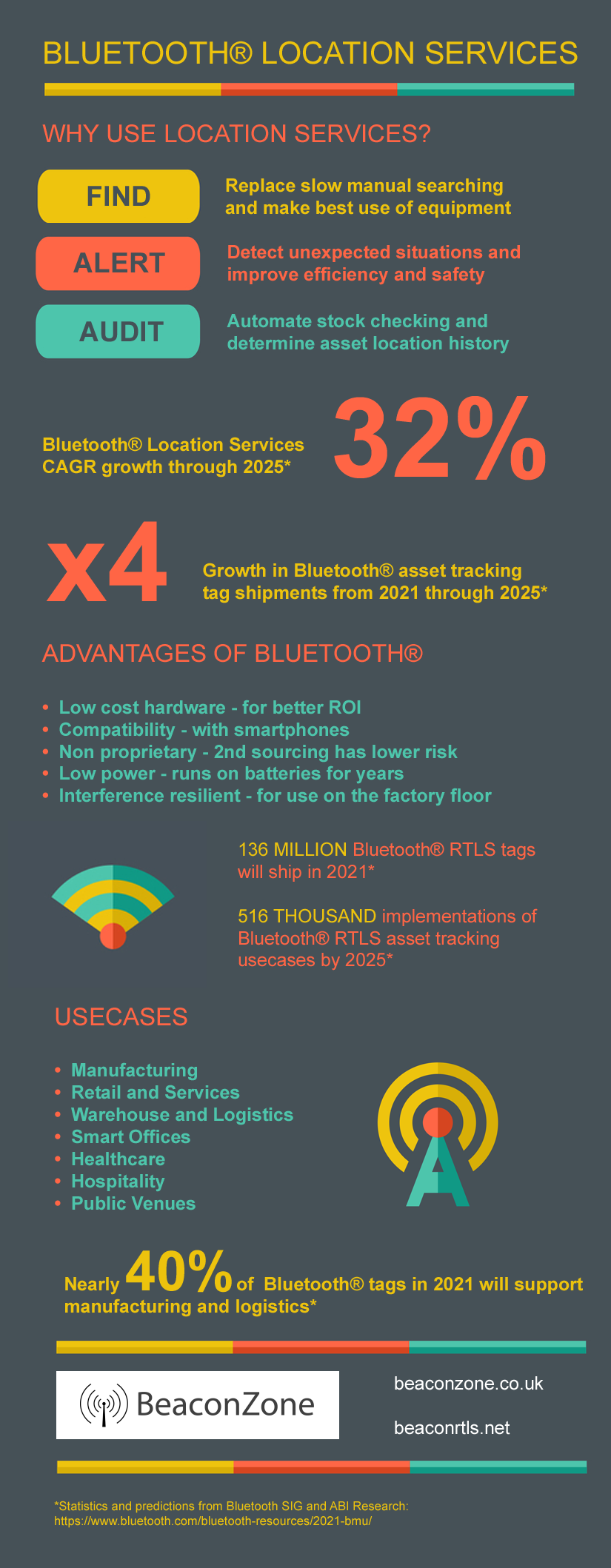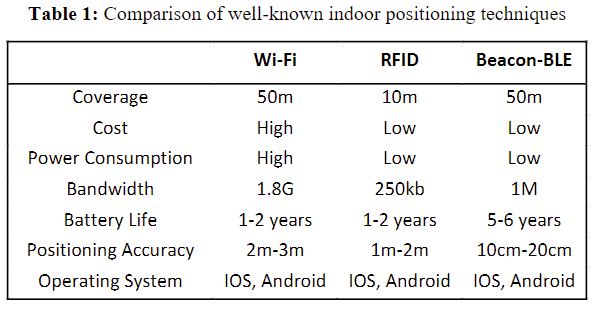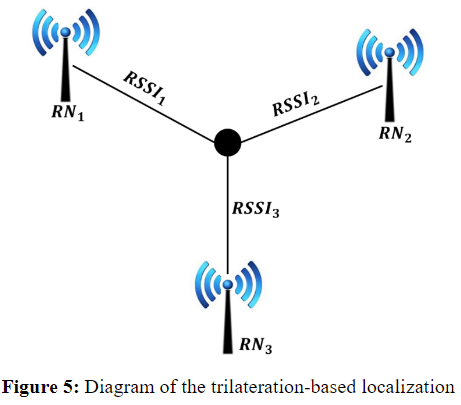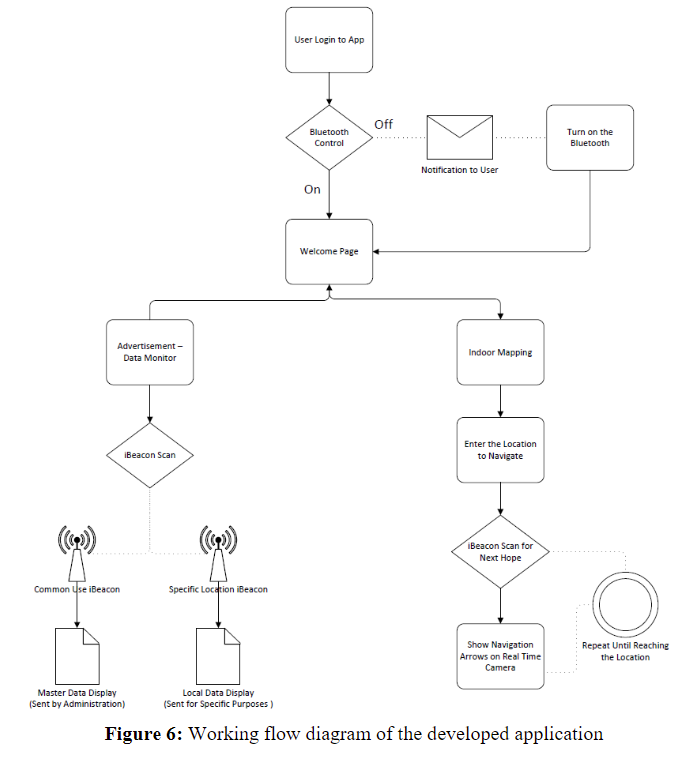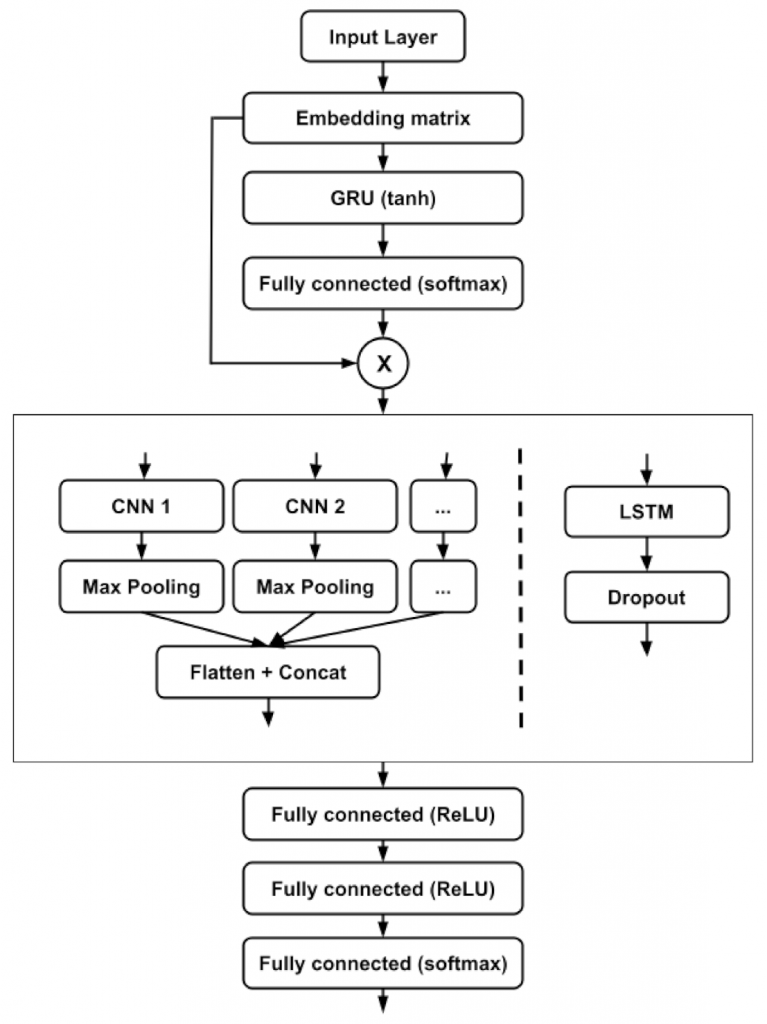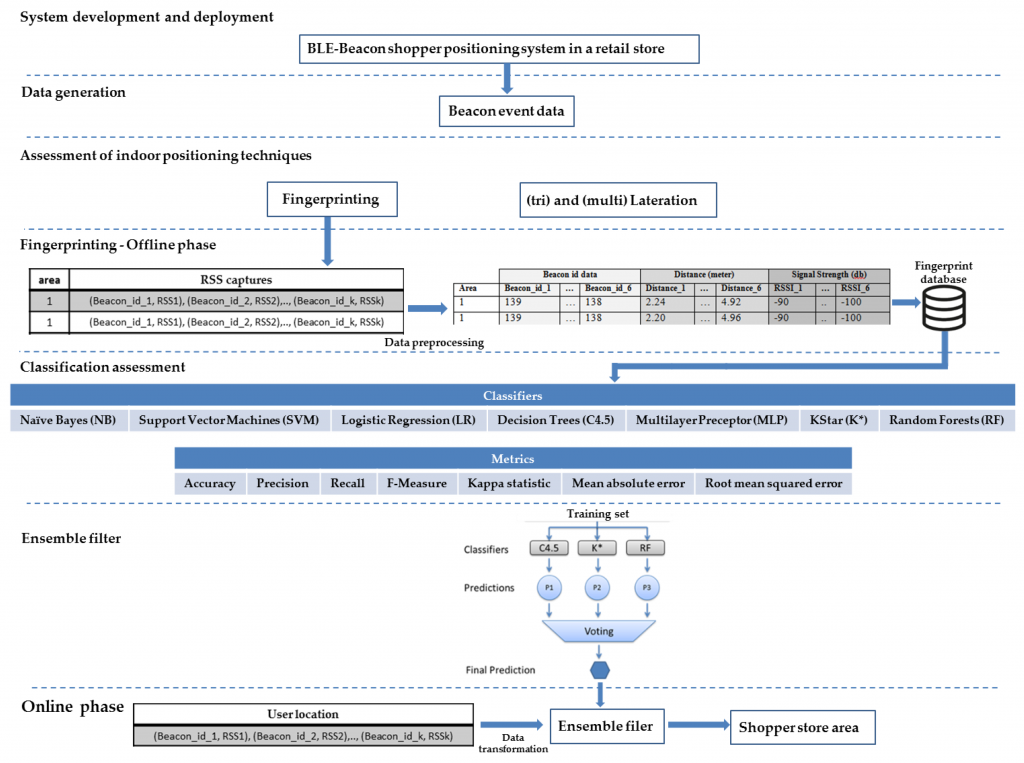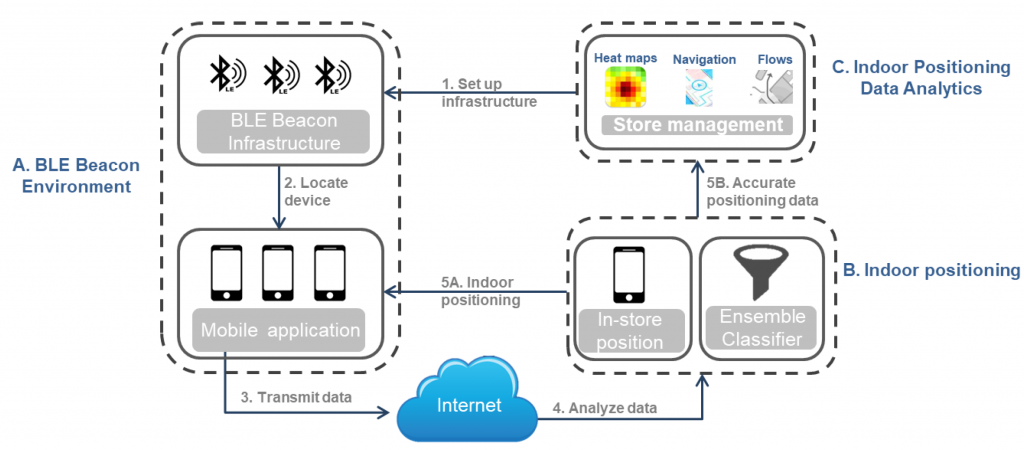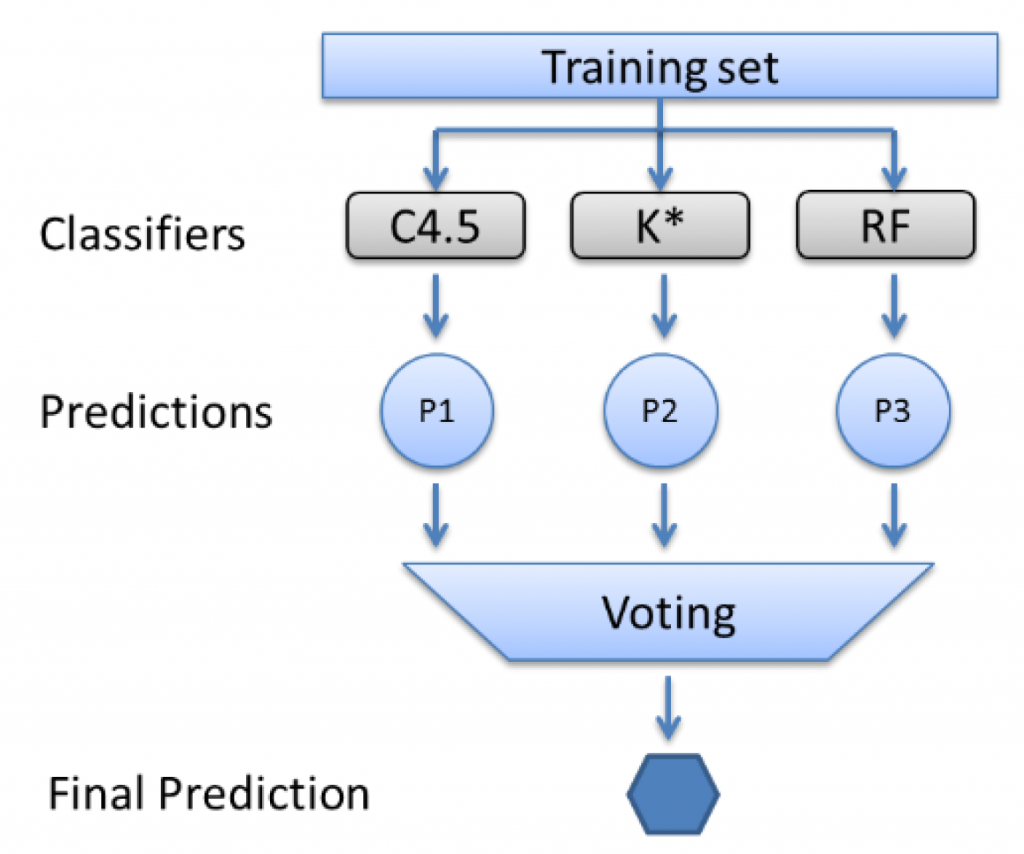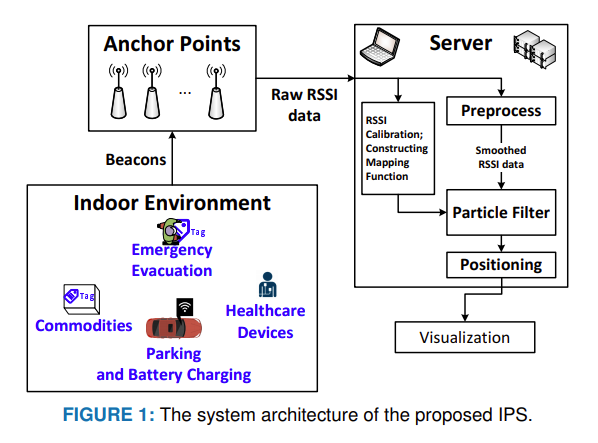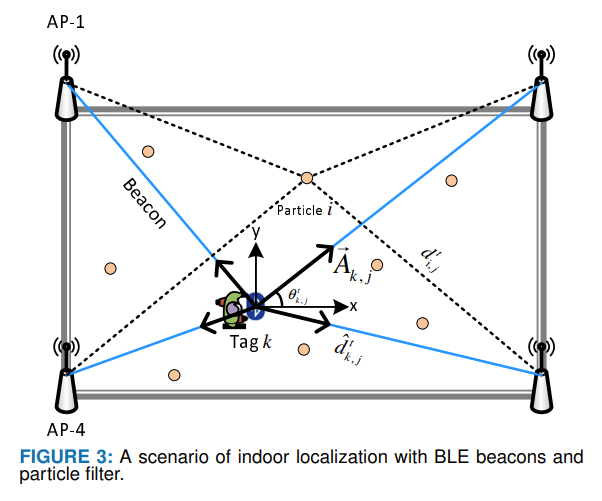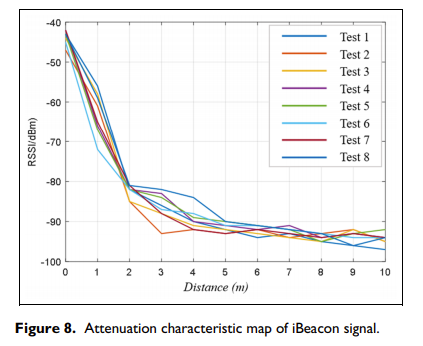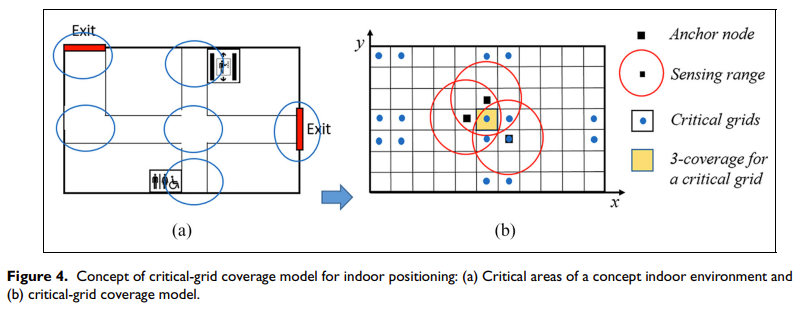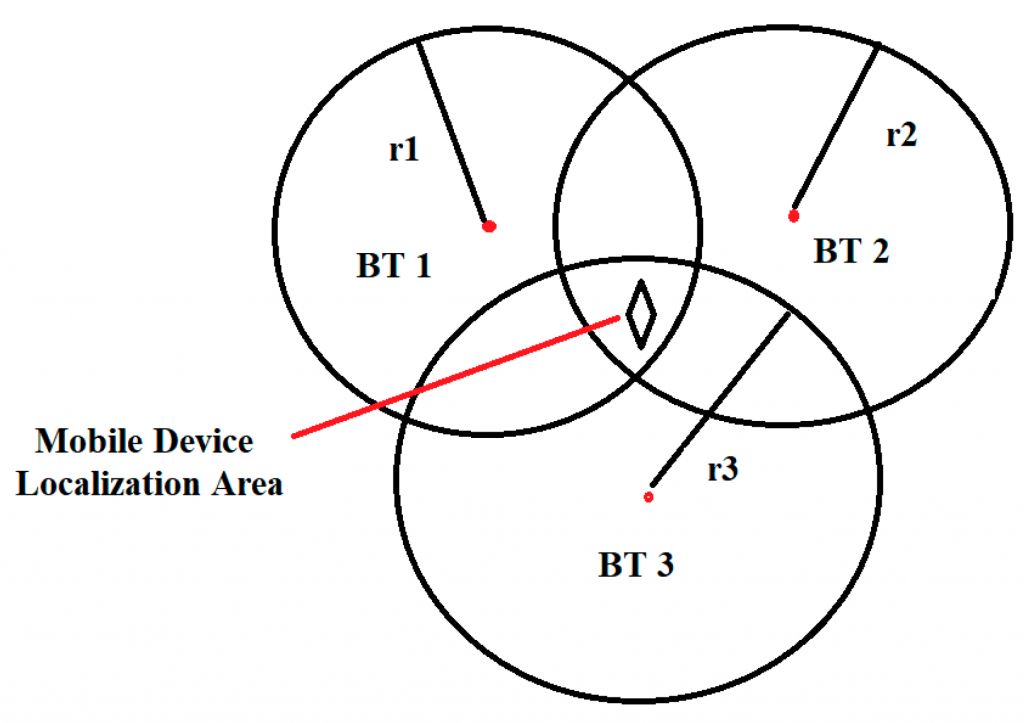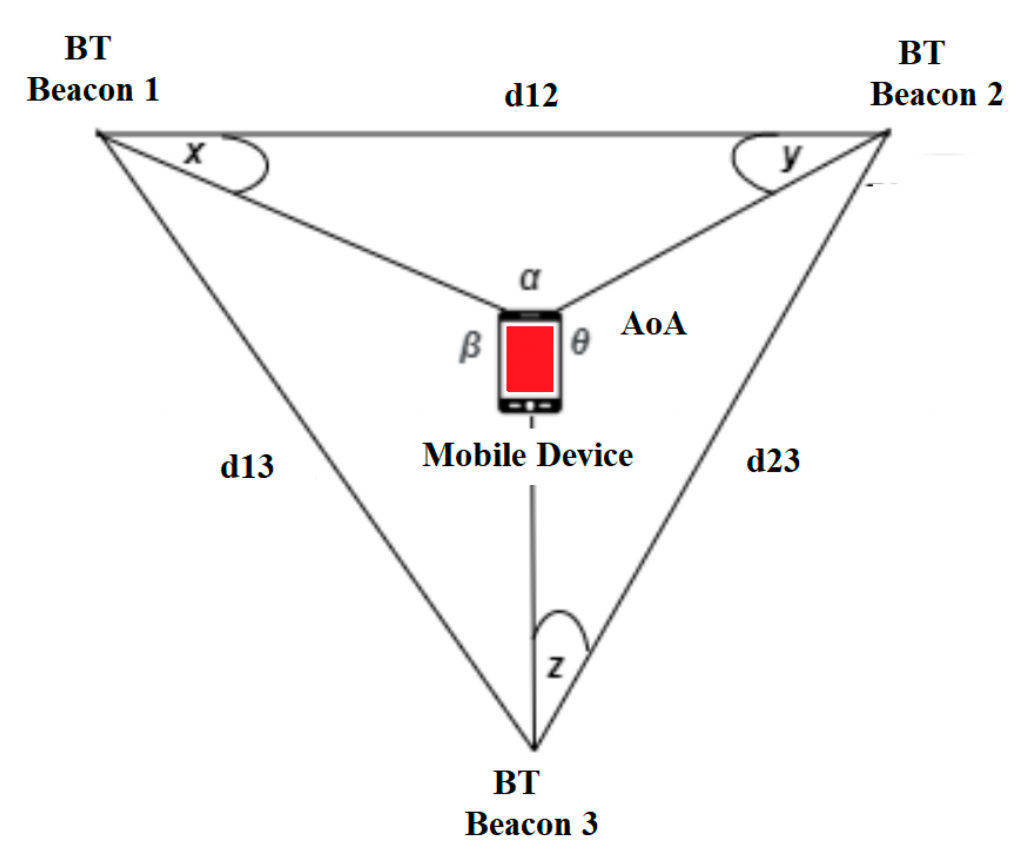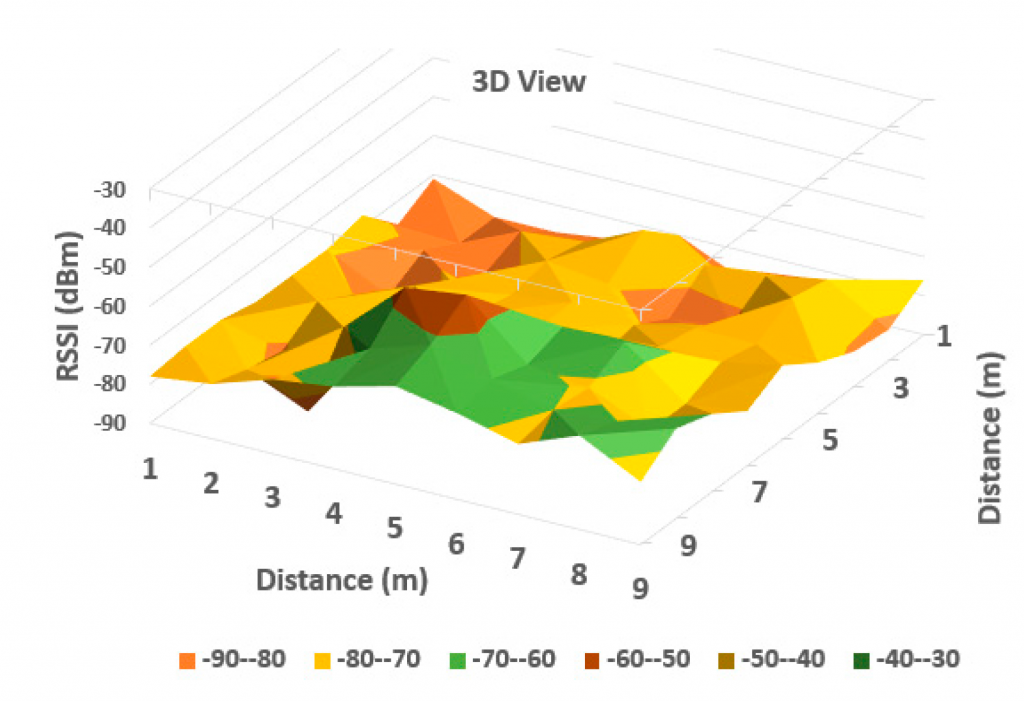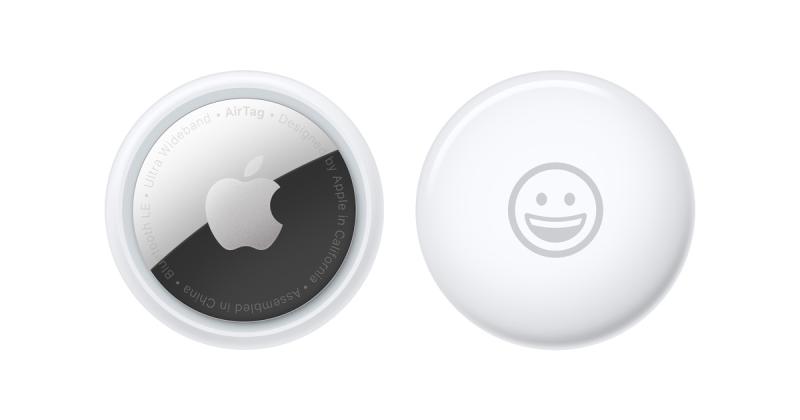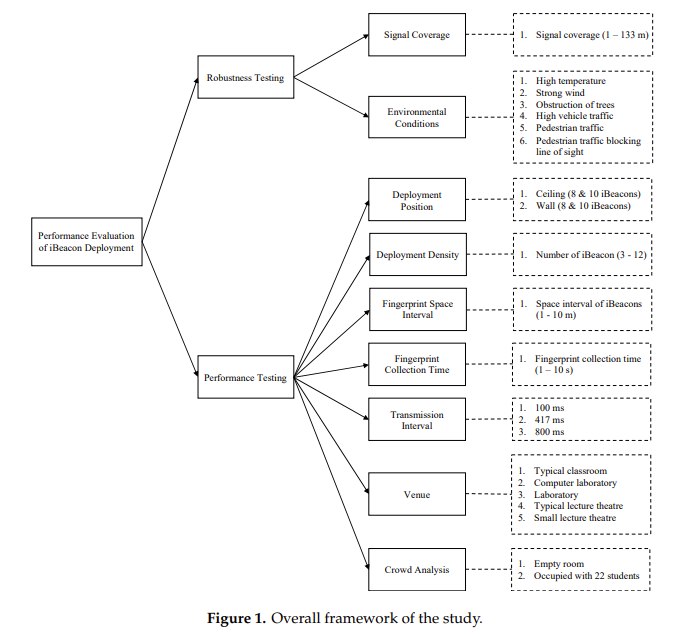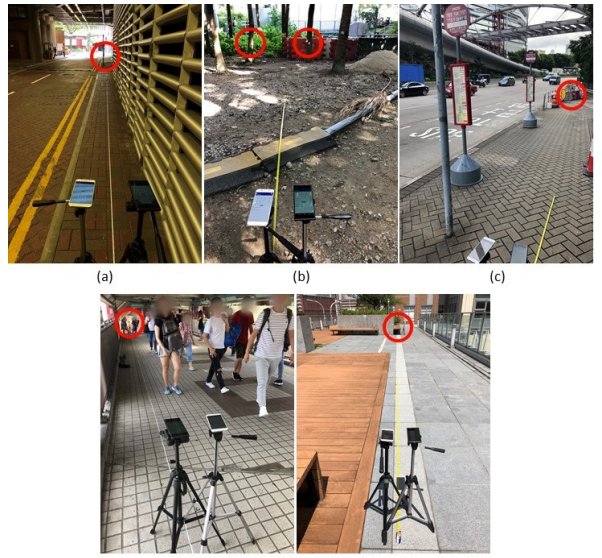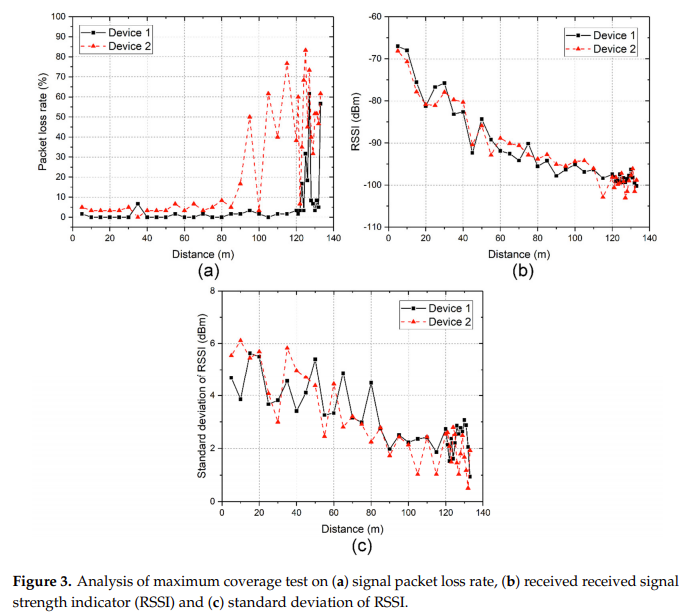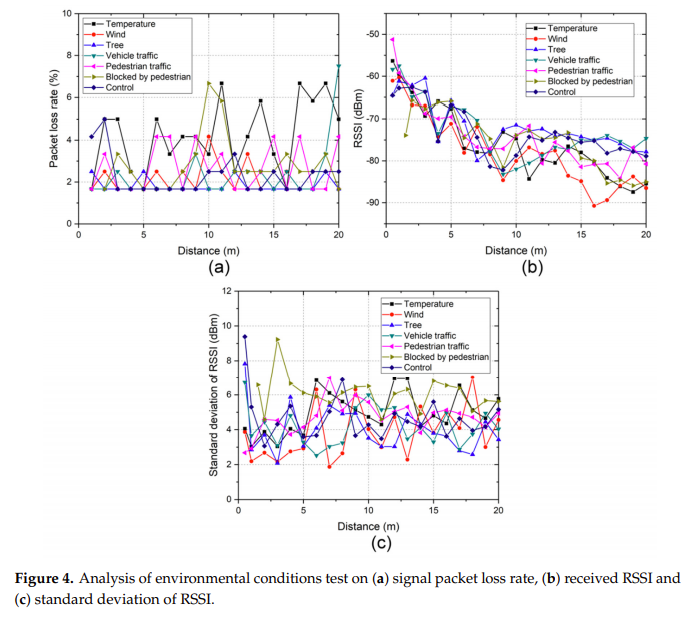There’s a new paper from the journal Telkomnika Telecommunication, Computing, Electronics and Control on Smartphone indoor positioning based on enhanced BLE beacon multi-lateration (pdf). The paper by Ngoc-Son Duong of Vietnam National University describes a relatively simple method to improve location accuracy.
The paper starts by describing trilateration and the author voices the opinion that another method, fingerprinting, requires a lot of effort and isn’t feasible for practical implementation.
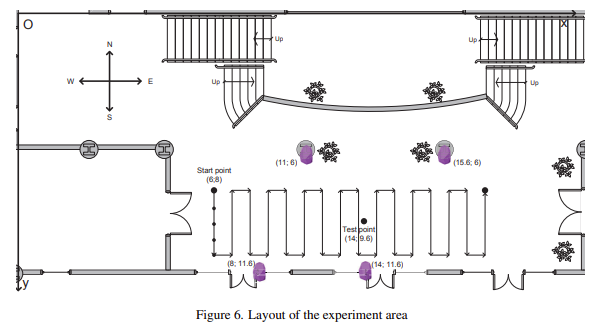
The new method makes use of the fact that accuracy is usually good when the received signal strength (RSSI) is -70 dBm or better. The use of more beacons and basing calculations on ‘reliable circles’ of higher signal strength, when available, provides for more accuracy.
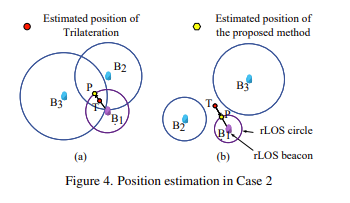
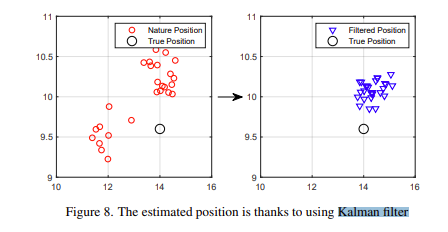
The data is also filtered using a Kalman filter to reduce signal noise by about 37%.
